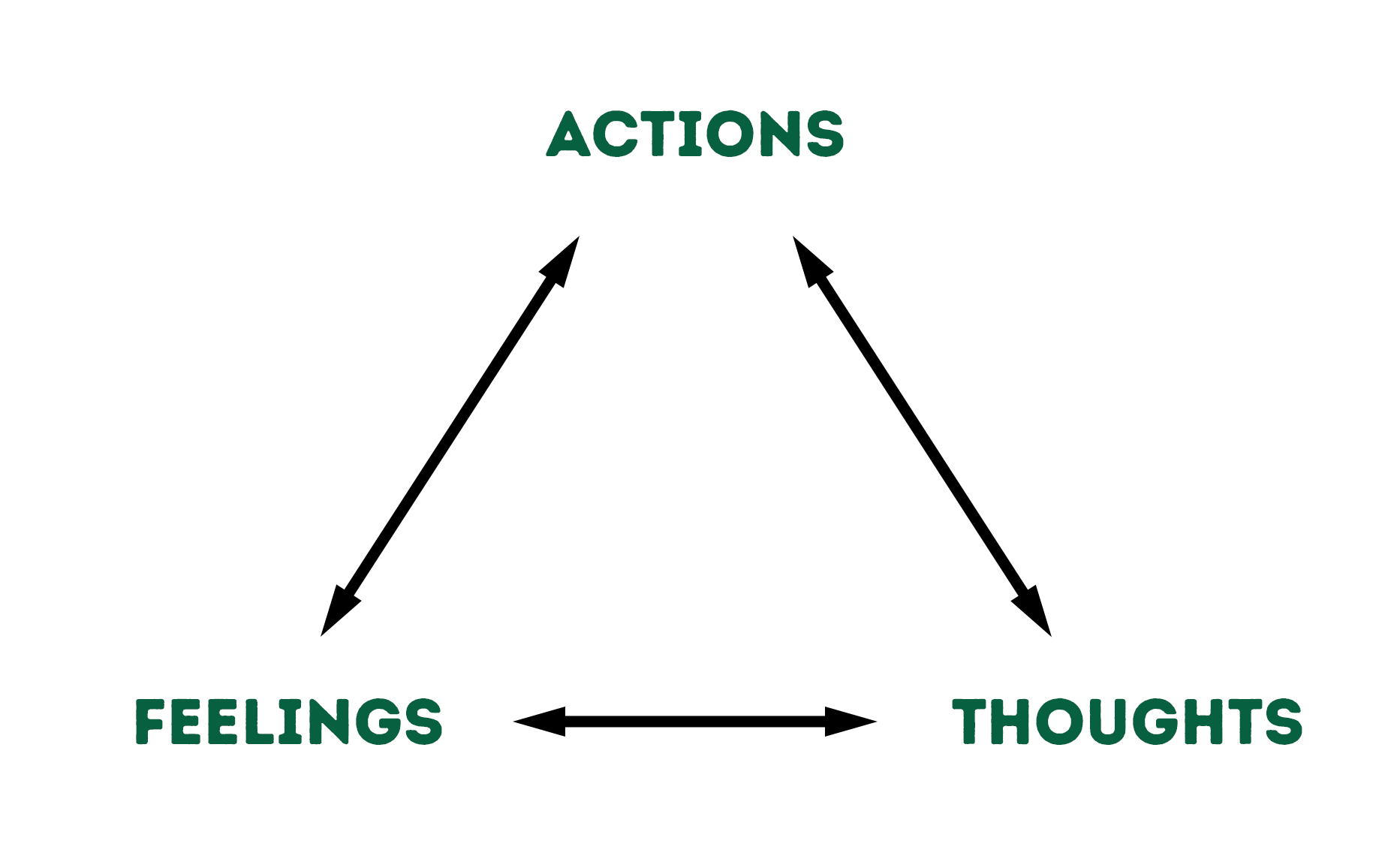Target Workplace Foundation Skills
Purpose
This is to use in the lesson
This lesson introduces the concept of problem-solving and allows students to practice solving problems collectively and individually. This lesson provides students with a technique called RADD, which they can use to solve any problem they encounter in the workplace. This lesson allows students to practice the RADD problem-solving technique.
Review
This is to use in the lesson
Ask students to reflect on the problem-solving activity from the previous lesson. Have them define the problem. What was the outcome that was needed? Ask them what barriers existed in solving the problem. Ask them if it took several attempts or approaches to solve the problem. Have them explain. Tell them that today’s lesson will provide them with a recipe for solving problems that may arise in the workplace.
Learning Outcomes
This is to use in the lesson
Students will utilize the RADD technique in order to solve a workplace problem.
Required Materials
This is to use in the lesson
- White board, chalkboard, or flip chart
- Copies for all students of RADD worksheet (Worksheet 11.1)
- Copies for all students of RADD scenario—”Michelle” (Handout 11.2)
Vocabulary
This is to use in the lesson
Problem: Anytime a difficult situation occurs where there is no clear solution. For example, a flat tire occurs on the way to work.
Outcome: What is to be accomplished by solving the problem? Outcomes can be either good or bad depending on what choices were made to solve the problem. For example, what do you want to accomplish by solving the problem? As in the above example, the desired outcome is to get to work as soon as possible and maintain good standing with your employer.
Alternatives: Potential solutions to solving the problem. Using the above example, call work; start walking; call emergency road service; change the tire.
Activity 11.1: You Got a Problem? (15–20 minutes)
This activity will introduce students to the RADD problem-solving technique by utilizing a real-life dilemma or problem that has occurred in your life.
- Present students with a personal problem to share and use this as a model for using the RADD worksheet. Do this before presenting them with the “Michelle” dilemma on the worksheet. An example of a personal problem could include getting a flat tire on the way to work or being late for work due to heavy snowfall.
- Ask students to list the steps they would use to solve the problem.
- Record the steps on the board or a flip chart.
- Present the RADD process for problem-solving by utilizing the RADD steps. (Pass out RADD worksheet 11.1).
- Compare these steps to the ones they generated.
- Walk through the dilemma or problem that you presented using the RADD worksheet (Worksheet 11.1)
- Have students record their ideas on their worksheets.
- Share ideas about solving the problem.
- Hand out the scenario about Michelle (Handout 11.2) and, using their RADD Worksheet (11.1), have them solve the problem of Michelle’s situation.
RADD Worksheet (11.1)
Recognize and describe the problem.
|
||
|---|---|---|
Think of and list all Alternatives that could be done in this situation. |
Decide whether this alternative would solve the problem in a good (+) or bad (-) way. If you can’t tell, use +/- |
Determine which alternative is best; put an X by it. |
| |
||
| |
||
| |
||
| |
||
| |
||
| |
||
Handout 11.2
Michelle Scenario
Situation: Michelle got a new job as a server. After she arrived at work on Friday night during the first week of employment, her manager told her that she had to help close the restaurant. Michelle did not want to help because she had a date, but her manager seemed very insistent that she work late.
Consider that...
Michelle is a 17-year-old who is currently a senior in high school. She is working 20 hours a week at the restaurant. This is Michelle’s first job, and her sister was responsible for helping her get it. She wants to do well at her job but is also very excited about her date. They are supposed to go to the 8:00 p.m. movie, and the restaurant closes at 8:00 p.m. She will be closing with the assistant manager, and this will be her first opportunity to do so.
Michelle’s manager is a nice guy. He owns the restaurant. He hired Michelle on the recommendation of her sister, who worked for him before she enrolled full-time at the community college. He is a family man with two teenage children who are 13 and 16 years of age. He needs some time for them and has chosen to leave the restaurant early this evening to attend the high school football game. He is shorthanded tonight and feels this will be a good test of Michelle’s ability to make decisions that reflect how much she values her job.
Use your RADD Worksheet to problem-solve Michelle’s situation.
Check for Understanding
This is to use in the lesson
Ask students the following:
- Can you think of a workplace problem similar to Michelle’s problem?
- Using RADD, how did you solve that problem?
- What was your outcome?
Explain how the RADD worksheet is similar to the ATF triangle.

